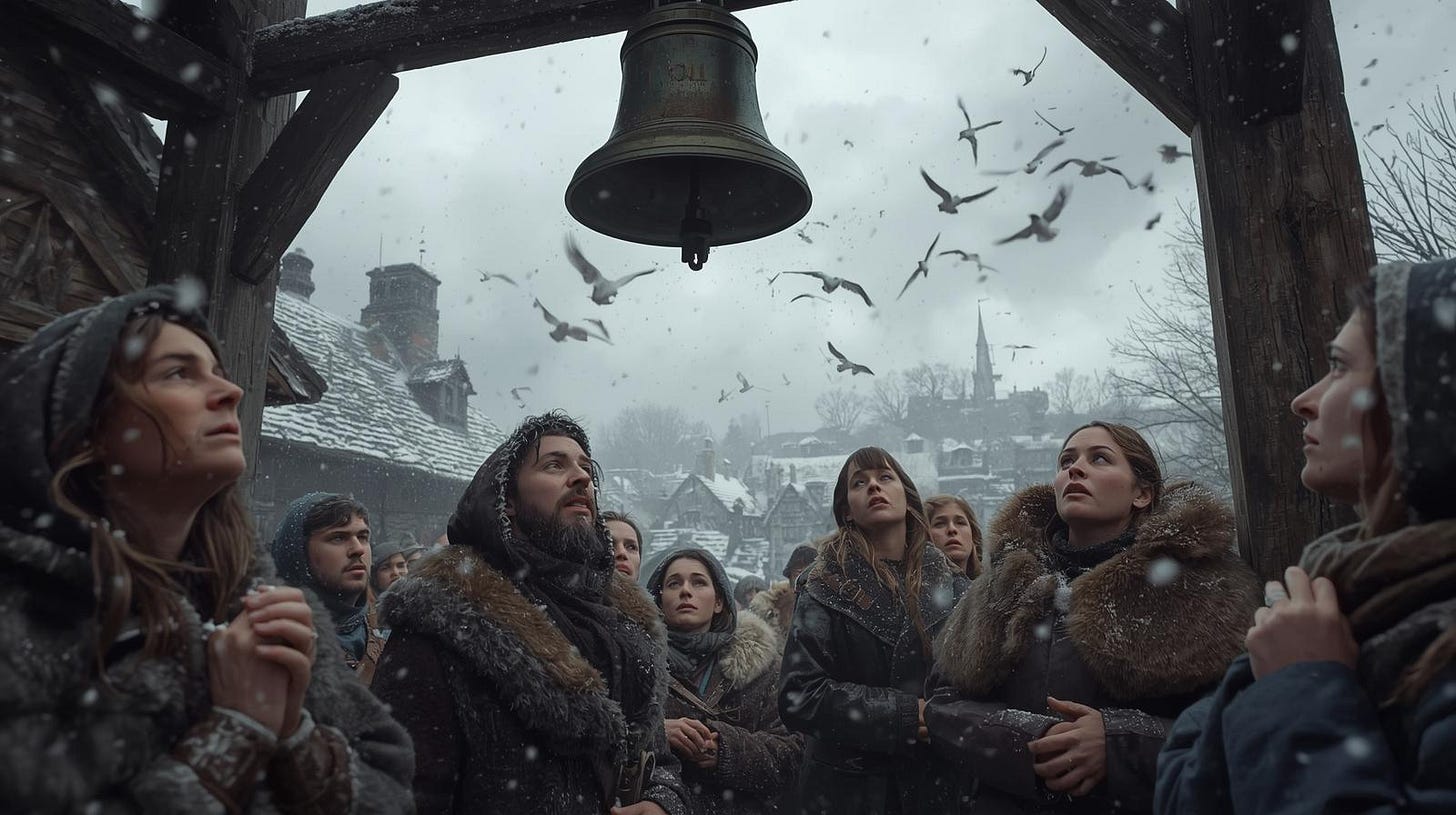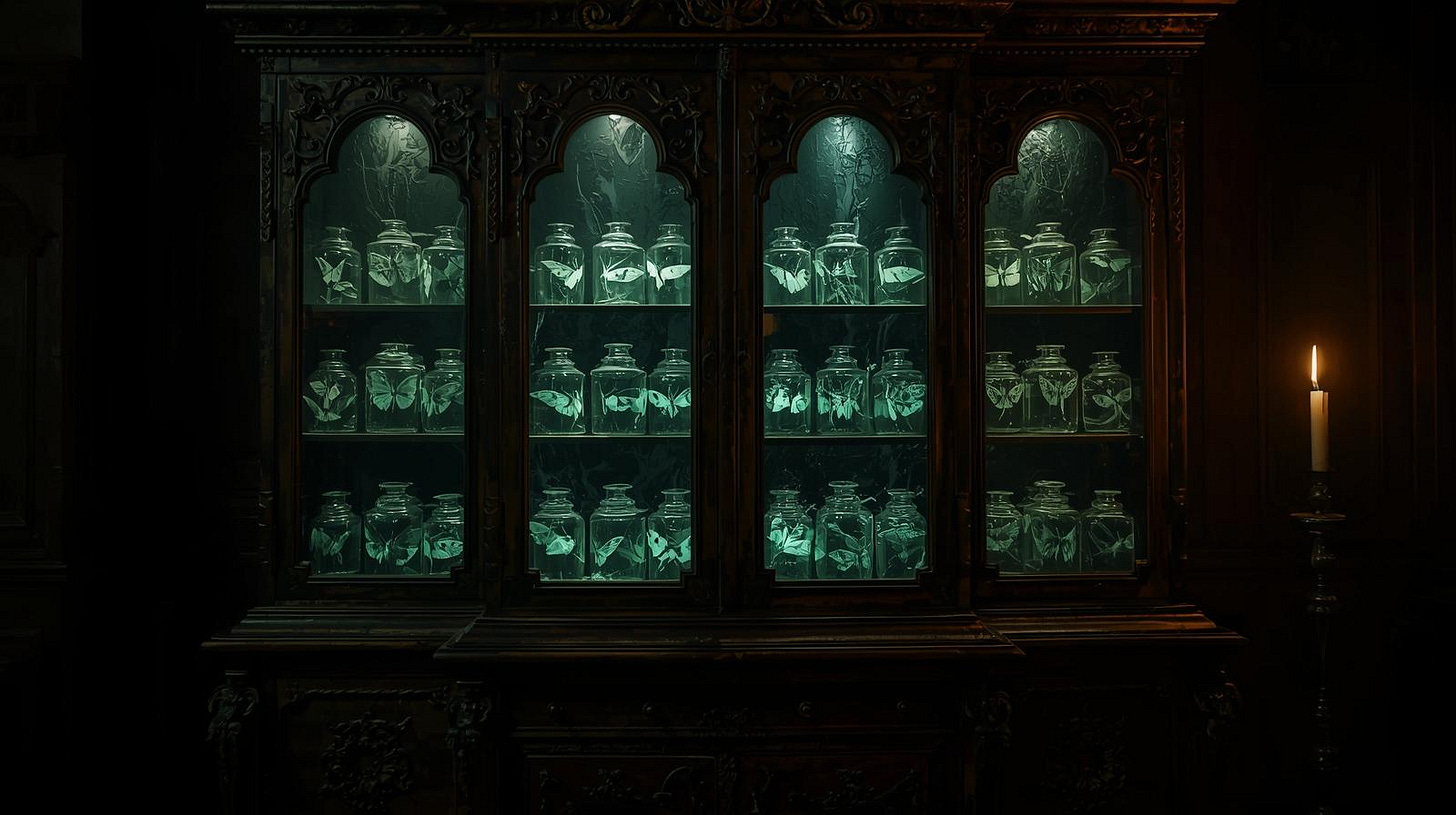Historical Implications: When Ink Drew Boundaries Between Life and Death
How cartography, quarantine, and confession shaped life and death in the Middle Ages—and inspired a story where one line on vellum doomed an entire city.
This post discusses the historical implications of my latest Gothic Short Story. Haven’t read “The Cartographer’s Confession: A Gothic Tale of Ink, Plague, and Erasure” yet?
Read it HERE! Enjoy, and share it with someone you think would also like it!
Behind those maps lay the workshops themselves, half laboratory and half sanctum. Apprentices scraped skins into smooth vellum, ground minerals into bright powders—verdigris green for seas, vermilion for borders, ultramarine for the heavens. The air was thick with glue and crushed stone, a sensory alchemy that gave maps their color and authority. Masters sketched coastlines, apprentices inked rivers and letters, and the whole was sealed in careful detail and sometimes gold leaf. The Catalan Atlas of 1375 came from such a workshop: a family labor, a few artisans, a guarded tradition. When I describe my mapmaker hunched in candlelight with her pigments and sharpened nibs, I’m drawing from this real craft. The magic feels plausible because the work itself already had an alchemy of its own.
Then came plague, and with it, the terrible necessity of boundaries. In 1377, Dubrovnik decreed that anyone arriving from infected lands must wait thirty days in isolation before entering the city—a desperate innovation that became the word “quarantine.” Venice built plague hospitals on its islands. Milan bricked up whole families inside their homes. Across Europe, walls and watchmen enforced invisible lines, trading a few lives for many. Distance was the only medicine. My story’s mapmaker does the same with a single stroke: a perfect cordon sanitaire, so absolute that the city itself vanishes. It is a fantastical gesture, yes—but one that echoes grimly true to history.
And for medieval people, boundaries weren’t just practical—they were sacred. The Norse told how Asgard’s wall was raised by a giant and sealed by the gods. Celts circled fields with fire and chanted to protect their crops. Romans sanctified their city walls, killing Remus for mocking the pomerium. Legends spoke of Alexander the Great walling off Gog and Magog at the edge of the world, demons held behind a barrier until the end of days. To draw a boundary was to call on something beyond human hands. The mapmaker’s line in my story belongs to that tradition: a wall of ink animated by belief and dread, holding plague at bay as if parchment itself had grown to stone.
But the most haunting historical echo is not in the line itself—it is in the words left behind. When plague came, people wrote. A notary in Siena confessed to burying his five children with his own hands. A friar in Kilkenny left blank parchment after his last entry, inviting any survivor to continue—none did. Wills became spiritual diaries, chronicles became confessions. Writing was atonement, witness, the last attempt to prove that someone had lived, suffered, and mattered. My mapmaker, too, writes a confession. Her manuscript is her absolution, or at least her plea. The same ink that damned a city becomes the ink that begs for remembrance.
That is the thread that binds fiction to history: in the face of plague, we drew lines and we wrote words, hoping either might save us. My story only sharpens the truth into myth. Sometimes a city lives or dies by a sword—but more often, by the nib of a pen.
Further reading for the curious:
Patrick Gautier Dalché, The Reception of Ptolemy’s Geography (and What It Meant for Mapmaking)
John Henderson, Florence Under Siege: Surviving Plague in an Early Modern City
Cohn, The Black Death Transformed
The Chronicle of Agnolo di Tura, translated excerpts available online
John Aberth, The Black Death: The Great Mortality of 1348–1350
My other works of dark fiction short-stories that will leave you unsettled:
The Bellfounder's Echo: A Medieval Horror of Silence and Memory
The Moth Collector: A Dark Fantasy







Killer photos and love these lines: "That is the thread that binds fiction to history: in the face of plague, we drew lines and we wrote words, hoping either might save us."
I love that you did this. Such a good idea, to go deeper into the conceptual origins of a work of fiction.